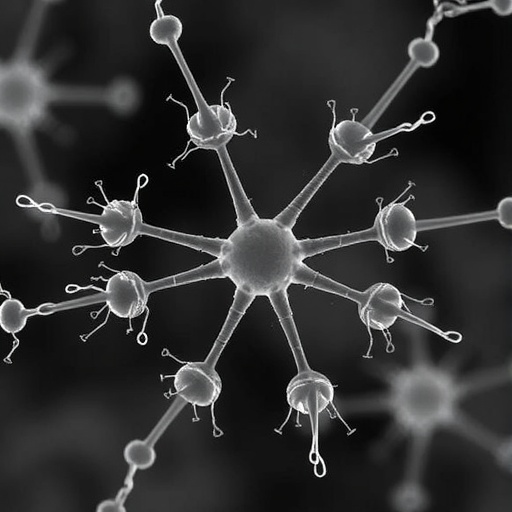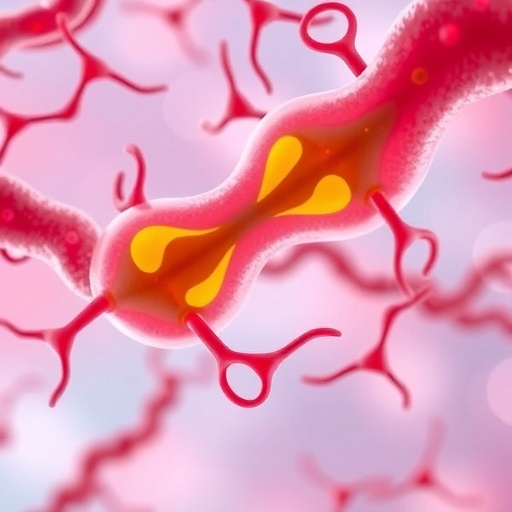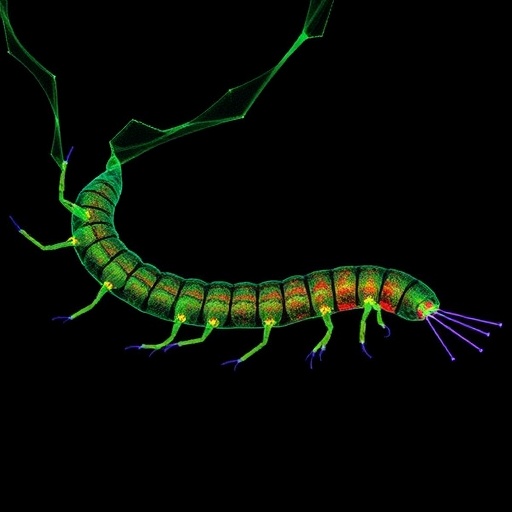In a groundbreaking advancement for genomic and cellular biology, researchers have unveiled a novel computational tool designed to significantly enhance the precision and scope of point centromere annotation across diverse yeast species. This innovative software marks a pivotal contribution to the limited array of existing methodologies that aim to predict clade-specific centromeres, critical chromosomal regions that orchestrate the faithful segregation of chromosomes during cell division. By deploying this tool, scientists have generated an extensive clade-wide mapping that reveals an intricate diversity of point centromeres, shedding light on their evolutionary trajectories and mechanistic underpinnings.
The evolutionary dynamics of centromeres have long intrigued geneticists, given their essential role in chromosome biology and their surprisingly rapid rates of change despite their conserved function. The study articulates a nuanced model of centromere evolution, positing that new centromere variants initially compete for compatibility with the kinetochore complex, the multiprotein machinery responsible for chromosome attachment to spindle microtubules. If a variant successfully establishes a durable kinetochore interaction, it can rise in frequency within populations through neutral processes like genetic drift and sexual reproduction. This paradigm offers fresh insight into how centromeres can progressively transition to novel states without immediate selective disadvantage.
Critically, the interplay between drift, selection, and sexual reproduction emerges as a central evolutionary force modulating centromere adaptation. The researchers propose that subsequent evolutionary pressures—such as mutations altering kinetochore protein function or environmental influences impacting mitotic mechanics—may favor certain centromere configurations by enhancing segregation fidelity. Empirical signatures of positive selection observed in key kinetochore components, including the DNA-binding protein Cbf1, reinforce the hypothesis that coevolution between centromere DNA and kinetochore proteins drives these structural innovations.
Beyond the realm of yeasts specifically studied, the investigation contextualizes centromere size and structure across the broader eukaryotic domain, highlighting that smaller centromeres are not unique curiosities but widespread features in lesser-explored clades. Intriguingly, even more complex regional centromeres maintain motif-like DNA elements that facilitate kinetochore binding, a phenomenon documented in mammalian species possessing the well-characterized CENP-B box sequence, as well as in fungi and photosynthetic diatoms. These observations suggest a universal architectural principle linking DNA sequence motifs to kinetochore assembly across evolutionary diverse lineages.
The advent of ultra-high-quality genomic data promises to expedite the empirical validation of predicted centromeric elements in these complex eukaryotes, bridging the gap between in silico prediction and experimental confirmation. Anticipations are high that the combined power of computational annotation and functional assays will unravel the enigmatic centromere architecture and its rapid evolutionary modifications across life’s domains.
While centromere drive theory has historically dominated explanations for rapid centromere evolution—suggesting that the most effective centromeres selfishly bias their own transmission during asymmetric female meiosis—this study challenges the model’s universality. The unique reproductive biology of Saccharomycetaceae yeasts, where meiosis is symmetric and all products are viable, limits the applicability of centromere drive and invites consideration of alternative mechanisms. The findings underscore that mitotic segregation fidelity and selective pressures during both sexual and asexual phases of the life cycle contribute to centromere evolution, highlighting a complex mosaic of evolutionary forces.
Moreover, the researchers emphasize that centromere evolution follows constrained evolutionary pathways shaped by the functional demands of the kinetochore interface, thereby balancing the dual imperatives of adaptability and stability. This balance ensures centromeres maintain their critical role in genome integrity while allowing gradual innovation in sequence and structure.
Notably, the discovery of kinetochore protein variation linked to centromere sequence changes opens compelling avenues to understand molecular coadaptation. This coevolution elucidates how centromere-kinetochore assemblies optimize interaction dynamics, potentially affecting chromosomal stability, aneuploidy rates, and species-specific chromosomal behaviors.
The broader implications of this research extend to chromosome biology, genome stability, and the evolutionary genetics of key structural elements. These insights deepen our understanding of how essential cellular machineries can evolve rapidly through a fine-tuned balance of neutral and selective forces, reshaping paradigms about the relationship between DNA sequence evolution and molecular function.
As sequencing technologies continue to yield richer and more accurate assemblies, the framework established here provides a robust analytical foundation to explore centromere biology in myriad organisms. This will be crucial to elucidate how centromeres contribute to speciation, chromosomal disorders, and evolutionary fitness across life.
This seminal work redefines centromere evolution, reframing it as a multidimensional, ongoing coevolutionary dance between DNA motifs and the molecular machines they recruit. By integrating computational innovation, evolutionary theory, and molecular biology, these findings forge new paths toward decoding the mysteries encoded in the very heart of chromosomes.
Subject of Research:
The progressive coevolution of the yeast centromere and kinetochore, focusing on the genetic and evolutionary dynamics that govern centromere diversity and kinetochore compatibility.
Article Title:
Progressive coevolution of the yeast centromere and kinetochore
Article References:
Helsen, J., Ramachandran, K., Sherlock, G. et al. Progressive coevolution of the yeast centromere and kinetochore. Nature (2025). https://doi.org/10.1038/s41586-025-09779-1
Image Credits: AI Generated
DOI:
https://doi.org/10.1038/s41586-025-09779-1
Tags: centromere annotation computational toolscentromere-kinetochore interactionschromosome biology advancementschromosome segregation mechanismsclade-specific centromere mappingevolutionary trajectories of centromeresgenetic drift and centromeresgenomic tools in yeast researchkinetochore complex dynamicsnovel models of centromere evolutionpoint centromere diversityyeast centromere evolution





